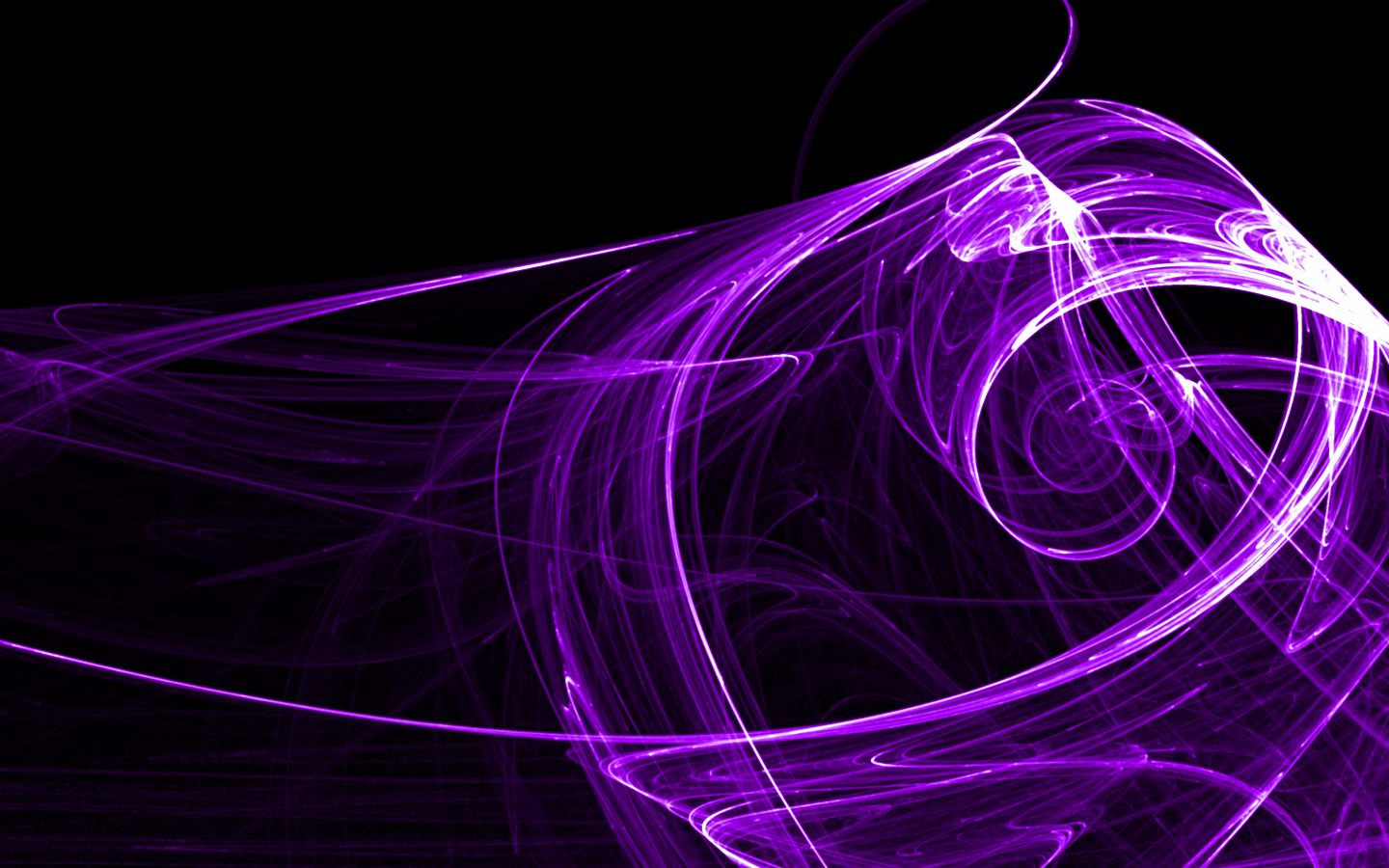I don’t care about the math and statistics. I went looking for visual comparisons, where image exposure is adjusted to show how a sunny day on both planets really compares, but I didn’t find anything.
During the last partial solar eclipse in SoCal, I thought, “I wonder how close this really is to how Mars feels.” It was eerie (as always) with a clear sky, and sun near noon, but feeling colder than I should (obviously Mars is FAR colder), and with dimmer light.
Our eyes have an enormous dynamic range. That is not exactly intuitive to most people. Still, I was hoping to find some way or reference that captures the experience of the sun on Mars, and really the emotional impact of what it means to stand on Mars at solar noon with human eyes.
Our pictures of Mars are all adjusted for optimal exposure, but that makes it intuitively seem very Earth like when in reality it is like a next level Neo Exo-Antarctic, even under the warmest of days under direct sunlight. What is that really like?
Excellent question. From first principles: mars is about 1.5 AU from the sun. Using the intensity equation (inverse square law), Mars should receive about 1/(1.5x1.5) the amount of solar radiation, or about 44% on average.
Earth gets about 1400 W/m² hitting the top of the atmosphere, but most places on earth only see about 1000 W/m² after the column of air absorbs a bunch of it. Martian air absorbs almost nothing (being very thin), so you’d expect to see about 44% of 1400W/m² – or about 600W/m².
A quick Google search for “mars solar intensity” shows a result of 590 W/m², so that is pretty close to accurate, from first principles.
So 60% as bright, if talking pure intensity. As you say, the human eye has a pretty responsive dynamic range, and this is quite an acceptable number.
For point of comparison, this is the difference between the sun at high noon versus the sun at 4pm for most of the world. On Mars, high noon would have a solar intensity more like 4pm on earth. No where close to your darkness experience with the eclipse.
Excellent answer! Sciency enough and a very tangible comparison.
Since you answered it, I figured I’d add that on the dark sides, Earth and Mars likely have similar light levels(ignoring the moon and light that’s bent through the atmosphere)
With regards to the eclipse it would depend on how much of the sun is covered though. I’d assume it’d about the same as you’d get during a partial eclipse when the sun is 40% covered?
Effectively, yes
Mars is 1.52 AU from the sun, or 1.52x further than Earth, so the inverse square law says 43% less sun power. But the atmosphere is thinner and a different composition.
To know how the human eye actually operates on Mars, one would have to get a human eye to Mars.
Red rover, red rover, send a human eye over.
And, that eye would still need to be attached to a human. A living one. No shortcuts just launching the eye in a jar ;)
Oh, man, you should have said something an hour ago. Now what am I going to do with these jars?
And the other eye…
What if we connect that eye to a neurolink?
It will quickly become festered with ads about where to buy a Cybertruck.
Time delay would be super disorienting to livestream it into your ocular nerve or something… But sure!
I wonder if a human could even properly make sense of the difference after spending so long on a ship between the planets. Plenty of time to adjust
This is more in line with what I was asking. The sun seems to have a psychological impact on humans. I wonder what that impact would be under both relentless cold conditions, but also when the sun never quite feels the same.
I mean, it is obviously subjective and not critical to the functioning of life or anything like that, but it just seems like one of those very subtle “death by a thousand cuts” kinds of elements that might become noticeable over time.
I don’t think anyone would directly perceive the effects in a binary logic kind of way. It would be like times when our local region is covered in thin high atmospheric clouds for weeks on end. It becomes more noticeable over time that this amount of light is not normal. I wonder about that awareness of “this is not normal” having more long term impact on psychology, not profound impacts, just some impact. I thought maybe someone had already posted images somewhere on the interwebs exploring this, but haven’t found any.
Depends entirely on the ship’s lighting.
I guess I meant more about how well you’d actually remember the brightness on earth after being on route so long rather than your eyes physically adjusting
deleted by creator
I’m wondering if you’d be able to feel the warmth of the sun on your skin through a hypothetical martian window, probably only faintly.







